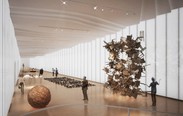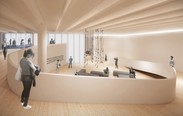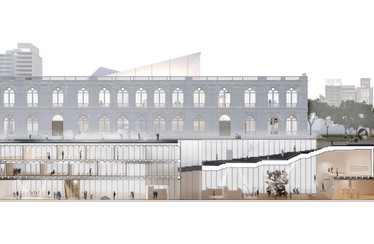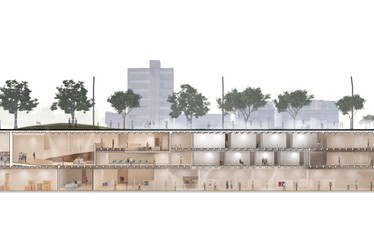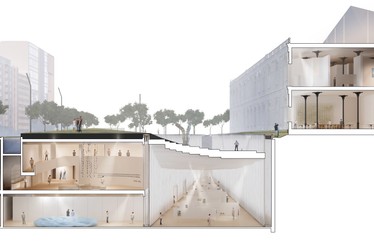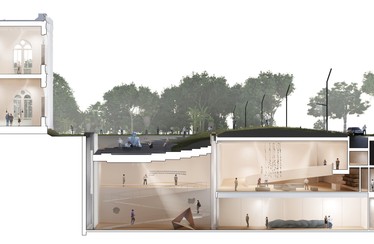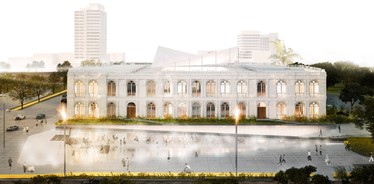
MALI - Museo de Arte de Lima
2016
The design of urban spaces is the result of studies about a place’s identity, through relations established between architecture, landscape and community. We believe that every space has its own and specific identity, inherent in its specialty and use. Based on that, we created this building adjacent to MALI (Museo de Arte de Lima – Museum of Art of Lima), in order to exalt pre-existing singularities and improve its capacity of catalyzing this area, which covers both the Museum and the park Parque de la Exposición, in Lima – Peru.
